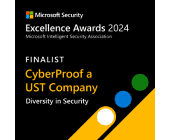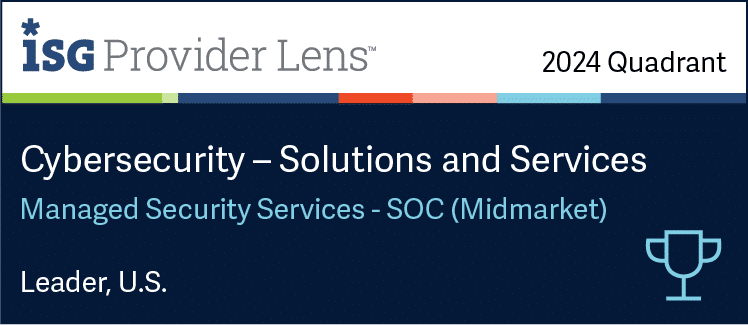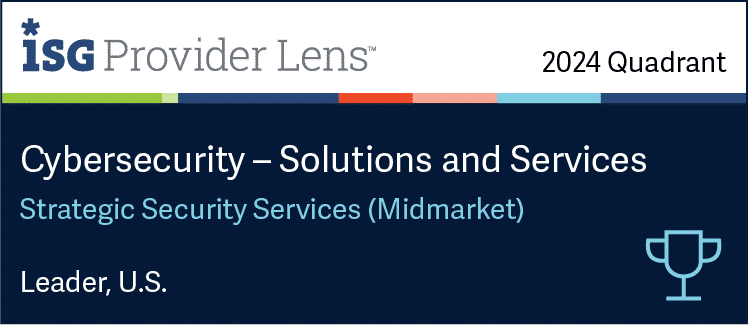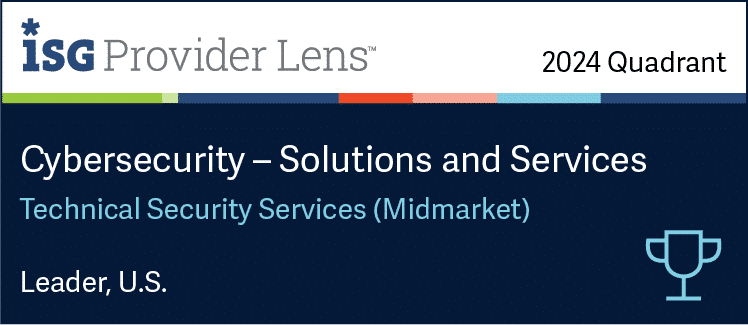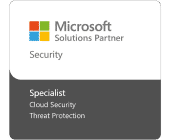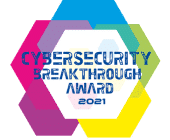SecOps & Risk Mitigation
CyberProof uses OSINT and threat intelligence feeds for visibility into threats.
CyberProof’s adaptable playbooks address continuously evolving threats with updated strategies.
Professionals manage sophisticated networks, leveraging experience to counter advanced threats.
Professionals manage sophisticated networks, leveraging experience to counter advanced threats.
24/7 global SOC support ensures incident response with guaranteed SLA.
24/7 global SOC support ensures incident response with guaranteed SLA.
CyberProof develops recovery plans, restoring capabilities after a cyber incident.
Classify and manage enterprise assets, understanding risks and data sensitivity.
Non-destructive tests uncover potential exploits in assets and applications.
Mitigate security issues early with CyberProof’s training and awareness programs.
Rigorous security assessment for on-premise and cloud applications to ensure protection.
IAM manages user access, monitors for anomalies, ensuring security.
Cloud First approach ensures compliance and security within cloud environments.
Managed service for SIEM, EDR, MXDR, and threat intelligence solutions.
Identify, assess, and mitigate security vulnerabilities through regular scanning.
Partners
See all partners“Today I have complete visibility into the entire environment, in real time”
Jamil Farshchi | Equifax CISO
CyberProof CTEM
CyberProof’s CTEM platform, powered by Interpres, is able to continuously identify, assess, and prioritize risk, while enhancing defense services like MDR, Vulnerability Management and Use Case Management to address evolving threats. Take proactive steps to fortify your security today!
Threat Alerts
APT41 Escalates Cloud Service Abuse for Command and Control Operations
APT41 has demonstrated a consistent increase in leveraging legitimate cloud services for command-and-control infrastructure, with recent campaigns showcasing increasingly sophisticated techniques across multiple attack vectors. The threat group’s TOUGHPROGRESS malware represents a notable evolution in this trend, utilizing Google Calendar events for C2 communications through encrypted data embedded in event descriptions, while employing advanced obfuscation methods including register-based indirect calls and 64-bit register overflow techniques.
This campaign follows a documented pattern of APT41’s cloud service abuse dating back to at least 2023, including previous use of Google Sheets and Google Drive for malware command-and-control (C2), and extends to their concurrent deployment of the VOLDEMORT and DUSTTRAP malware families, which similarly exploit public cloud hosting infrastructure. Since August 2024, the group has simultaneously expanded their delivery mechanisms, extensively leveraging free web hosting platforms such as Cloudflare Workers, InfinityFree, and TryCloudflare to distribute malware to hundreds of targets across diverse geographic locations and industry sectors, indicating a systematic shift toward cloud-based infrastructure that blends malicious activity with legitimate traffic patterns.
Russia-Affiliated Void Blizzard Threat Actor Targets Critical Infrastructure for Espionage
A newly identified Russia-affiliated Void Blizzard threat actor employs relatively unsophisticated but effective techniques for initial access, primarily leveraging stolen credentials purchased from criminal marketplaces and conducting password spray attacks against high-value targets. In recent developments, the group has evolved their tactics to include targeted spear phishing campaigns using adversary-in-the-middle techniques, deploying typo squatted domains that mimic legitimate authentication portals. Their phishing campaigns often pose as legitimate organizations, such as defense summits, and utilize malicious QR codes in PDF attachments that redirect victims to credential harvesting sites powered by open-source frameworks.
Once inside compromised networks, the threat actor demonstrates systematic data collection capabilities by abusing legitimate cloud APIs to enumerate user mailboxes, shared resources, and cloud-hosted files. They automate the bulk collection of emails and documents, often accessing not only the initially compromised accounts but also any mailboxes and file shares that the compromised users have permissions to access. The actor has also been observed accessing communication platforms and using reconnaissance tools to map organizational structures and identify high-value targets within compromised environments. The threat actor has demonstrated particular interest in organizations previously targeted by other Russian state actors, suggesting coordinated intelligence collection efforts aligned with broader Russian strategic objectives.
























































